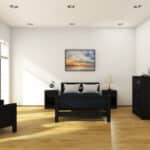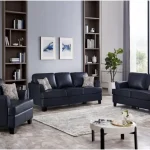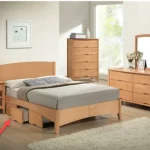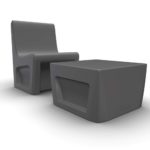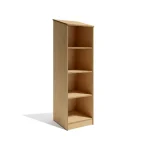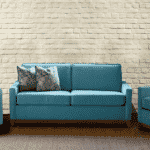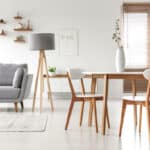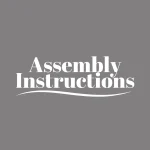Bunk Beds vs. Convertible Beds: Which Camp Furniture Best Serves Multi-Use Retreat Facilities?
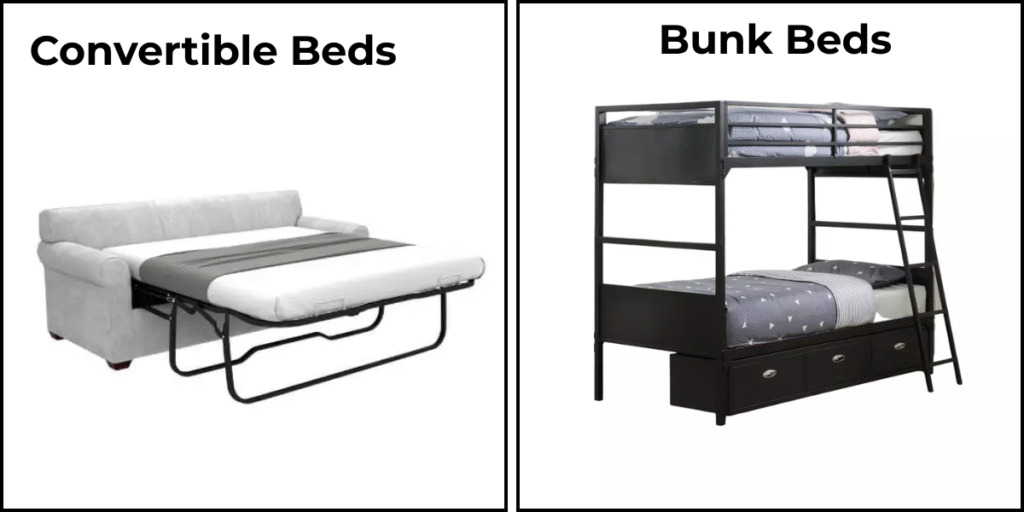
Retreat facilities and group living environments rely on furniture choices that strike the right balance between space efficiency, flexibility, and resident comfort. The wrong setup can limit usability, disrupt routines, and reduce how well a space supports its purpose. Decision-makers often weigh options such as camp bunk beds and convertible beds, each with distinct advantages and challenges.
This article explores both options, outlining strengths, drawbacks, and best applications to help behavioral healthcare and human services professionals choose wisely. With thoughtful planning, facilities can maximize resources while creating spaces that feel welcoming and functional.
The Role of Camp Furniture in Multi-Use Retreat Facilities
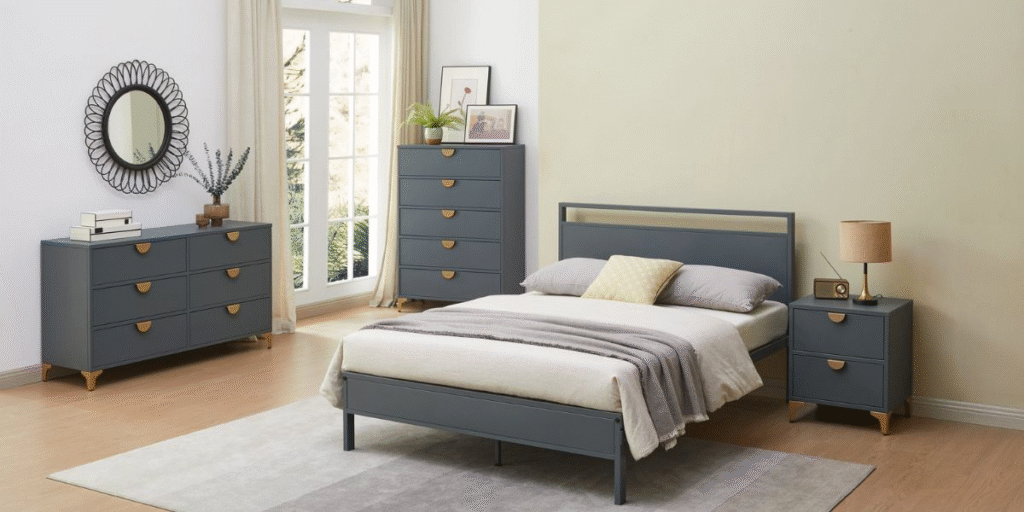
Camp furniture shapes how rooms are used and how effective they are for daily programs. In therapeutic and residential settings, furniture impacts room layouts, staff operations, and resident well-being.
Supporting Flexibility in Shared Spaces
Multi-use rooms often function as activity areas during the day and sleeping quarters at night. Adaptable pieces such as convertible beds give staff the ability to switch functions quickly, ensuring smooth programming transitions without major disruptions.
Meeting the Needs of Diverse Populations
Retreats serve residents of different ages and stay durations, from children on short programs to adults in longer-term recovery. Both camp bunk beds and convertible beds provide options to accommodate this variety. Bunks work well for youth groups, while convertibles are more practical in therapy rooms where flexibility matters.
The Case for Camp Bunk Beds
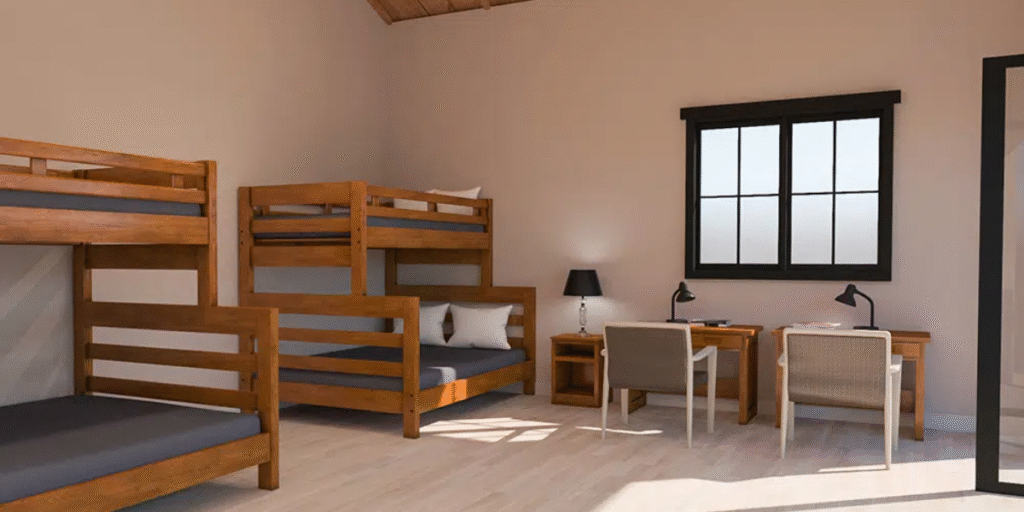
Camp bunk beds remain a proven choice for maximizing occupancy in shared housing. Retreats, camps, and youth programs rely on them to fit large numbers of residents into smaller rooms while keeping costs manageable.
Advantages of Bunk Beds
- Maximized sleeping capacity: Stacking beds vertically allows facilities to house more guests without expanding floor space. This setup is especially effective for retreats hosting large groups where every inch counts. It creates a practical way to manage housing needs without additional construction.
- Cost-effective: Bunks cost less than purchasing multiple single beds or higher-end convertible beds. This helps facilities equip entire dorms while staying within budget. The savings grow significantly for organizations managing larger housing areas.
- Always ready for use: Bunks stay set up at all times, requiring no daily effort from staff. Residents always have a bed waiting, which simplifies operations and reduces the workload of staff managing busy programs.
- Appeal to children: Many young residents enjoy the novelty of bunks. The elevated design feels adventurous, adding excitement to their camp or retreat experience. This small factor often improves the overall atmosphere for kids.
- Optional built-in storage: Some bunk designs include drawers, shelves, or desks, reducing the need for additional camp furniture. This makes rooms neater and lowers costs associated with purchasing extra storage units.
Disadvantages of Bunk Beds
Despite their advantages, bunks lack flexibility. Fixed structures make it harder to rearrange rooms for different programs. They may feel uncomfortable for older or taller adults, and cleaning underneath or behind them is often a challenge. With heavy use, frames can also require maintenance or reinforcement over time.
The Case for Convertible Beds
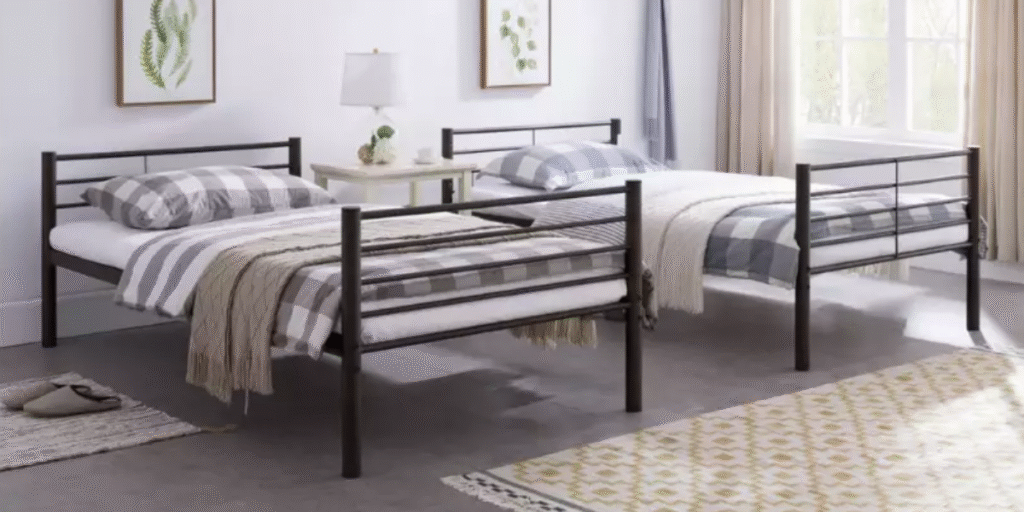
Convertible beds, including sofa beds, futons, and Murphy beds, shine in facilities that need adaptable spaces. These pieces allow one unit of camp furniture to serve multiple functions, making them a practical choice for therapy rooms, lounges, or smaller housing areas.
Advantages of Convertible Beds
- Maximizes floor space: Folding into seating during the day opens up areas for group activities. In therapy rooms or multipurpose areas, this flexibility allows the same space to serve different needs without overcrowding.
- Multipurpose functionality: A convertible can function as both seating and sleeping, reducing clutter and eliminating the need for extra furniture. This dual use helps facilities save money while keeping rooms streamlined.
- Comfort for adults: Many convertible beds provide more room and better support than bunk beds for camps. Adults appreciate the added comfort, especially in programs where rest and recovery are central. Investing in high-quality models ensures consistency in comfort.
- Resale appeal: Their versatility adds long-term value, as rooms can be repurposed with ease. Facilities that adapt their spaces over time benefit from furniture that transitions smoothly with their needs.
Disadvantages of Convertible Beds
While highly flexible, convertibles introduce challenges:
- Daily setup and takedown increase staff responsibilities.
- The level of comfort varies based on the mattress and frame quality, which can differ significantly between models.
- Beds placed in shared spaces may reduce privacy for residents.
- Upfront costs often run higher than camp bunk beds.
- Folding mechanisms wear down with frequent use, leading to earlier replacements compared to fixed frames.
Comparing Bunk Beds and Convertible Beds in Retreat Settings
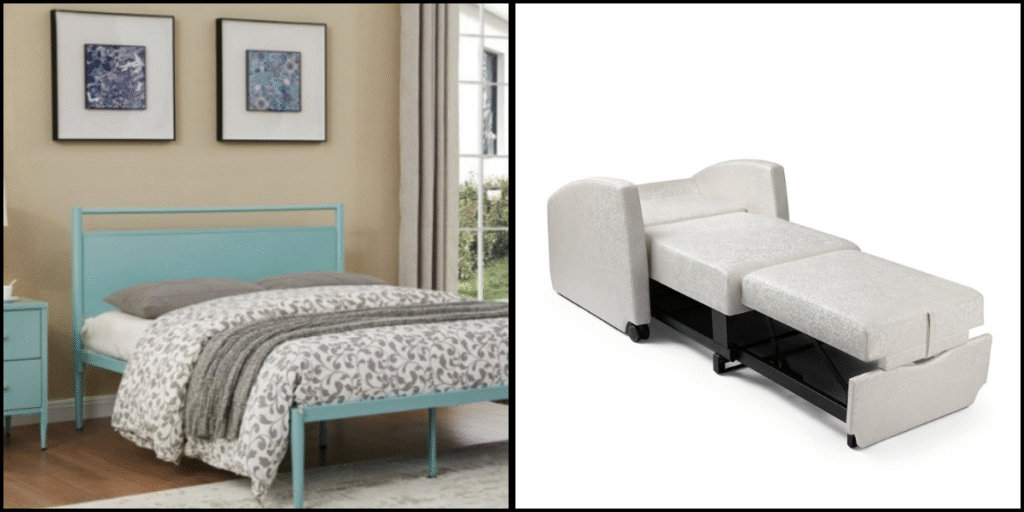
Choosing between camp bunk beds and convertible beds involves weighing priorities such as space efficiency, resident comfort, long-term value, and flexibility.
Space Efficiency vs. Functional Versatility
- Bunk beds for camps: Best for maximizing occupancy, stacking beds vertically so more residents fit into limited space. These designs are especially useful for retreats that need to accommodate many guests at once.
- Convertible beds: Prioritize versatility, folding into seating during the day to free space for group activities. Their adaptability makes them a strong option for therapy rooms and transitional housing.
Best Fit for High-Capacity Needs
Large camps, retreat centers, and dormitory-style housing find camp bunk beds most effective. They deliver maximum occupancy without requiring larger facilities.
Best Fit for Adaptive Use
Therapy-driven centers and smaller residential homes benefit from convertible beds, which allow them to adjust space use throughout the day.
Comfort and Guest Experience
Comfort affects resident satisfaction across all programs.
- Camp bunk beds: Reliable and sturdy, though they can feel restrictive for taller or older residents. Children generally find them fun, but adults may not be as comfortable in long-term stays.
- Convertible beds: Offer more sleeping room and support, making them a better fit for adults. Mattress quality varies, so facilities often invest in durable models for consistent comfort.
Short-Term vs. Long-Term Stays
For short youth retreats, bunk beds for camps are a practical solution that prioritizes space. For longer-term stays, convertible beds create restful environments that support better sleep quality.
Generational Preferences
Children enjoy the novelty of camp bunk beds, while adults tend to value the comfort and privacy offered by convertible beds.
Maintenance and Durability
- Bunk beds for camps: Built for heavy use, but harder to clean thoroughly. Dust can collect in corners, making upkeep more demanding over time. Their durability is strong, but repairs or reinforcements may be needed.
- Convertible beds: Easier to clean around since they fold away, but their moving parts wear faster. Folding mechanisms often require replacement sooner than fixed frames.
Daily vs. Periodic Use
Bunks require minimal daily attention once installed. Convertibles, however, involve regular handling, which can accelerate wear.
Long-Term Durability Considerations
Investing in heavy-use models helps extend the lifespan of both types. Facilities should weigh the balance of upfront cost against how often replacements may be needed.
Flexibility for Multi-Use Environments
- Camp bunk beds: Best for rooms that remain dedicated to sleeping. Their permanent setup creates consistent readiness for housing large groups.
- Convertible beds: More useful in multi-use spaces where therapy, recreation, or meetings occur during the day. Folding beds away creates adaptable layouts.
Fixed vs. Adaptable Layouts
Bunks provide permanence, while convertibles create adaptable environments. This flexibility is vital for facilities where rooms must serve more than one function.
Hybrid Facility Strategies
Many facilities succeed with a hybrid strategy: bunk beds for camps in dorms and convertible beds in shared spaces. This balance delivers both capacity and versatility.
Budget and ROI (Return on Investment)
- Camp bunk beds: Lower initial cost, though less adaptable for long-term adjustments.
- Convertible beds: Higher upfront price, but long-term savings through multifunctional use of the same furniture.
Short-Term Savings
Facilities starting up or expanding often rely on bunk beds for camps to minimize early costs.
Long-Term Value
Convertible beds reduce the need for multiple furniture pieces, offering better ROI through versatility.
Matching Furniture Choices With Facility Mission
The best option depends on how well furniture aligns with the facility’s mission.
Program Goals
- Youth retreats and high-occupancy programs → bunk beds for camps
- Therapy-driven, adult-focused environments → convertible beds
Resident Well-Being and Daily Experience
Furniture decisions should support resident dignity, comfort, and a sense of belonging. The right choice improves daily life and strengthens program effectiveness.
Practical Considerations for Facility Decision-Makers
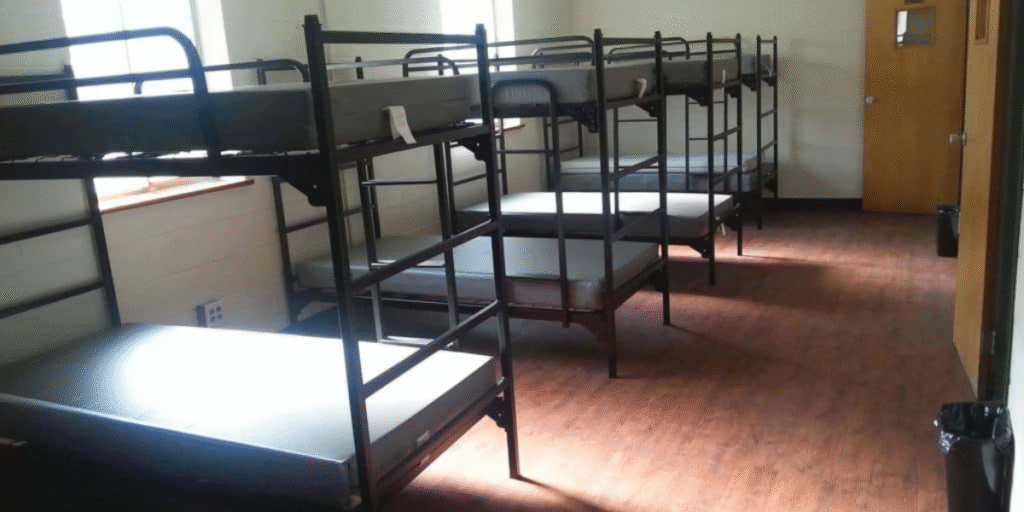
Furniture decisions should match facility goals, budgets, and long-term expectations. Clear planning ensures resources are used effectively while supporting staff and resident needs.
Aligning Furniture With Programming Goals
- Camp bunk beds: Best for dorms where occupancy is the top priority.
- Convertible beds: Strongest option in multipurpose rooms where adaptability is needed.
- Hybrid models: Combine both approaches to maximize results.
Budget and Longevity Factors
- Camp bunk beds: Lower upfront expense, but may need extra upkeep.
- Convertible beds: Higher initial cost, yet offer more flexibility and adaptability over time.
Furniture Concepts: Supporting Retreat and Residential Facilities
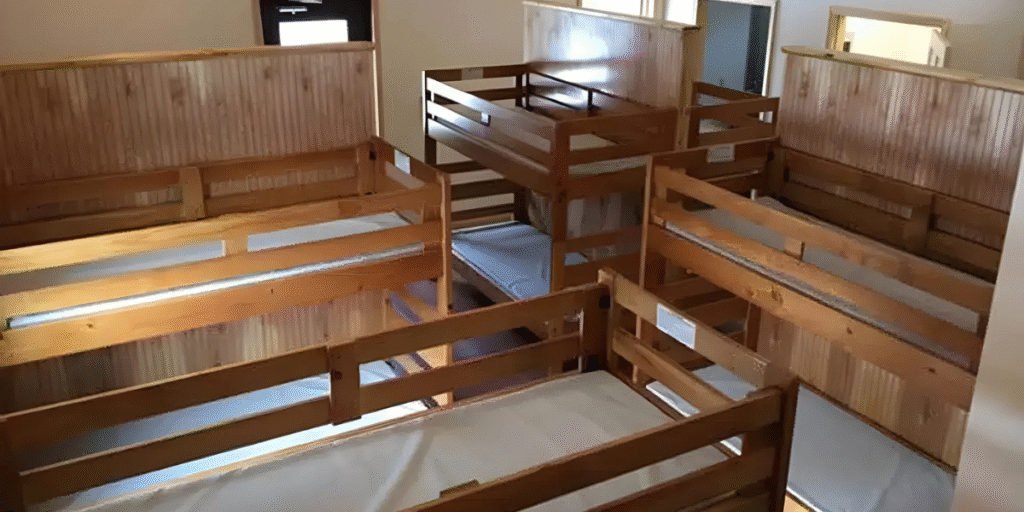
Furniture Concepts has spent 25 years serving behavioral healthcare, transitional housing, group homes, and retreat environments. Our selection of durable camp furniture, including both camp bunk beds and convertible beds, is designed for heavy use and long lifespans.
We partner with administrators, managers, and leaders to design spaces that maximize value while creating environments centered on healing and community. From consultation to delivery and setup, our approach makes the furniture selection process straightforward and collaborative.
Conclusion
Furniture choices determine how effectively retreat facilities operate, shaping comfort, flexibility, and overall function. Camp bunk beds are the clear choice for facilities seeking to maximize sleeping capacity while managing costs, especially for youth programs and dorm-style settings. Convertible beds excel in spaces where adaptability and adult comfort matter most, particularly in therapy-driven or multipurpose rooms. A hybrid strategy often delivers the strongest results, blending bunk beds for group housing with convertibles in shared spaces.
By aligning furniture investments with mission, budget, and resident well-being, leaders can create spaces that are practical, adaptable, and welcoming. Facilities that choose wisely position themselves for long-term success while giving residents a setting that promotes dignity and comfort.
Connect with Furniture Concepts to explore durable, heavy-use camp furniture designed to fit your facility’s needs. From camp bunk beds to convertible beds, our team is ready to help you create spaces that balance capacity, comfort, and long-term value.

